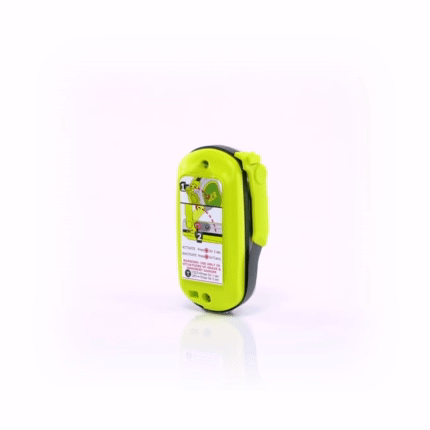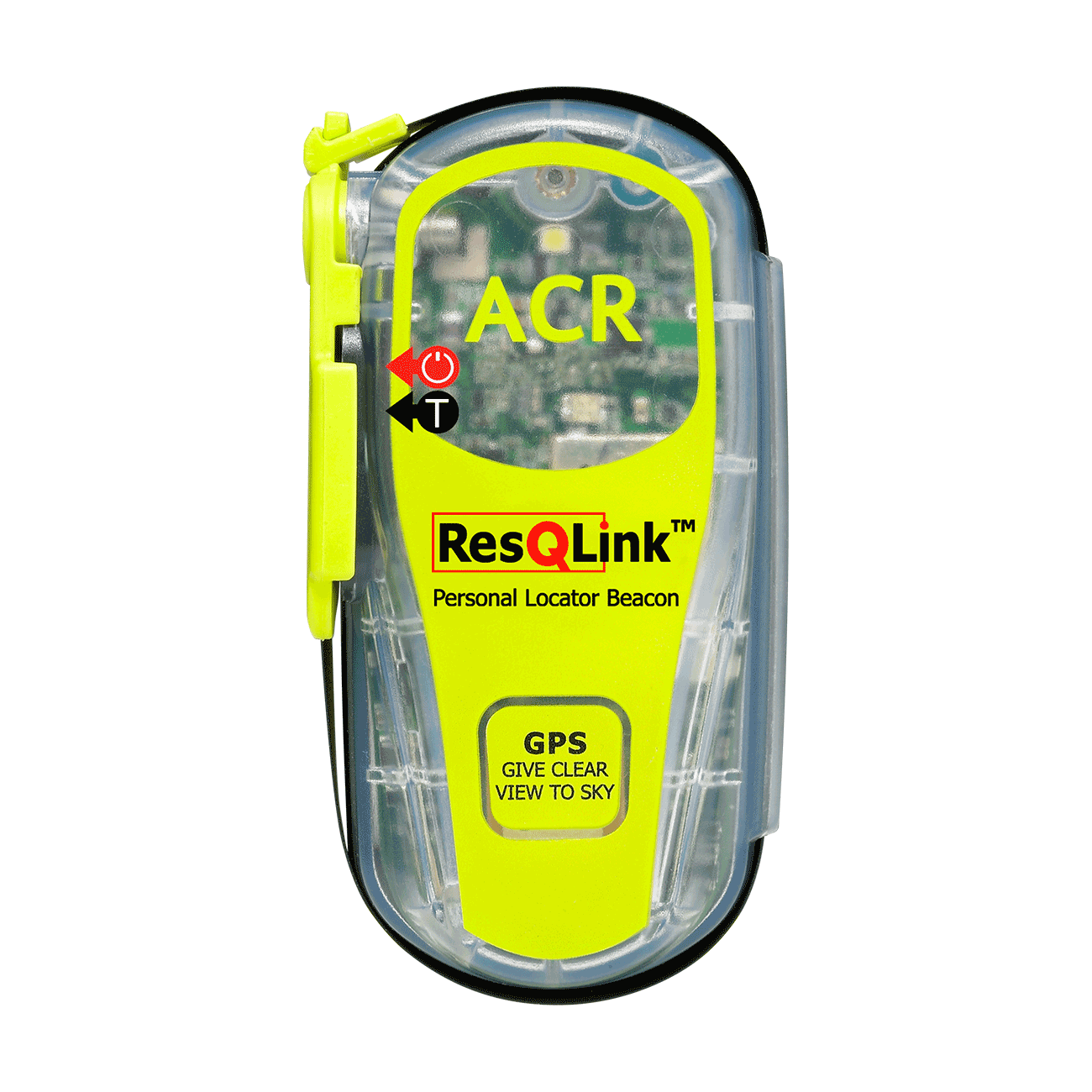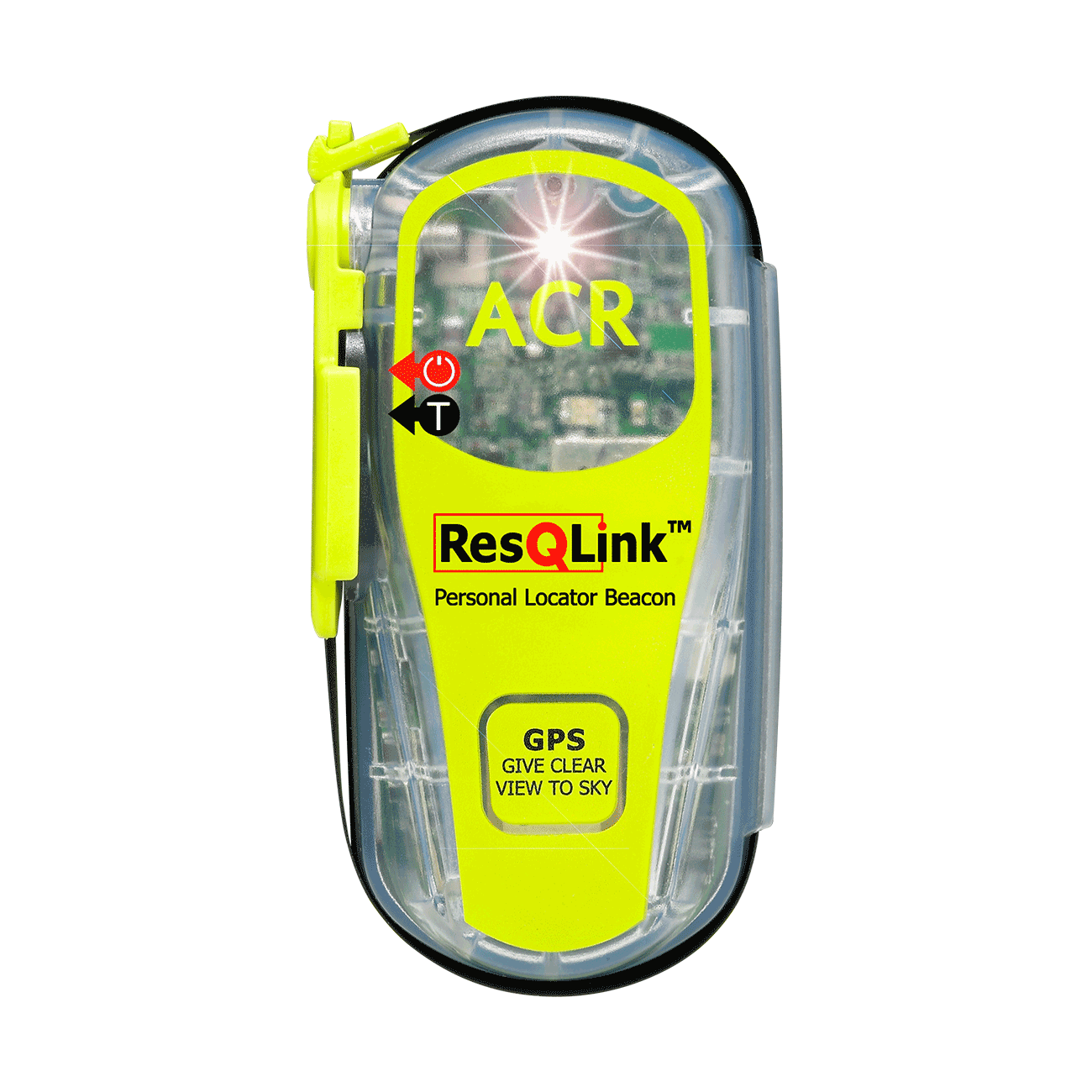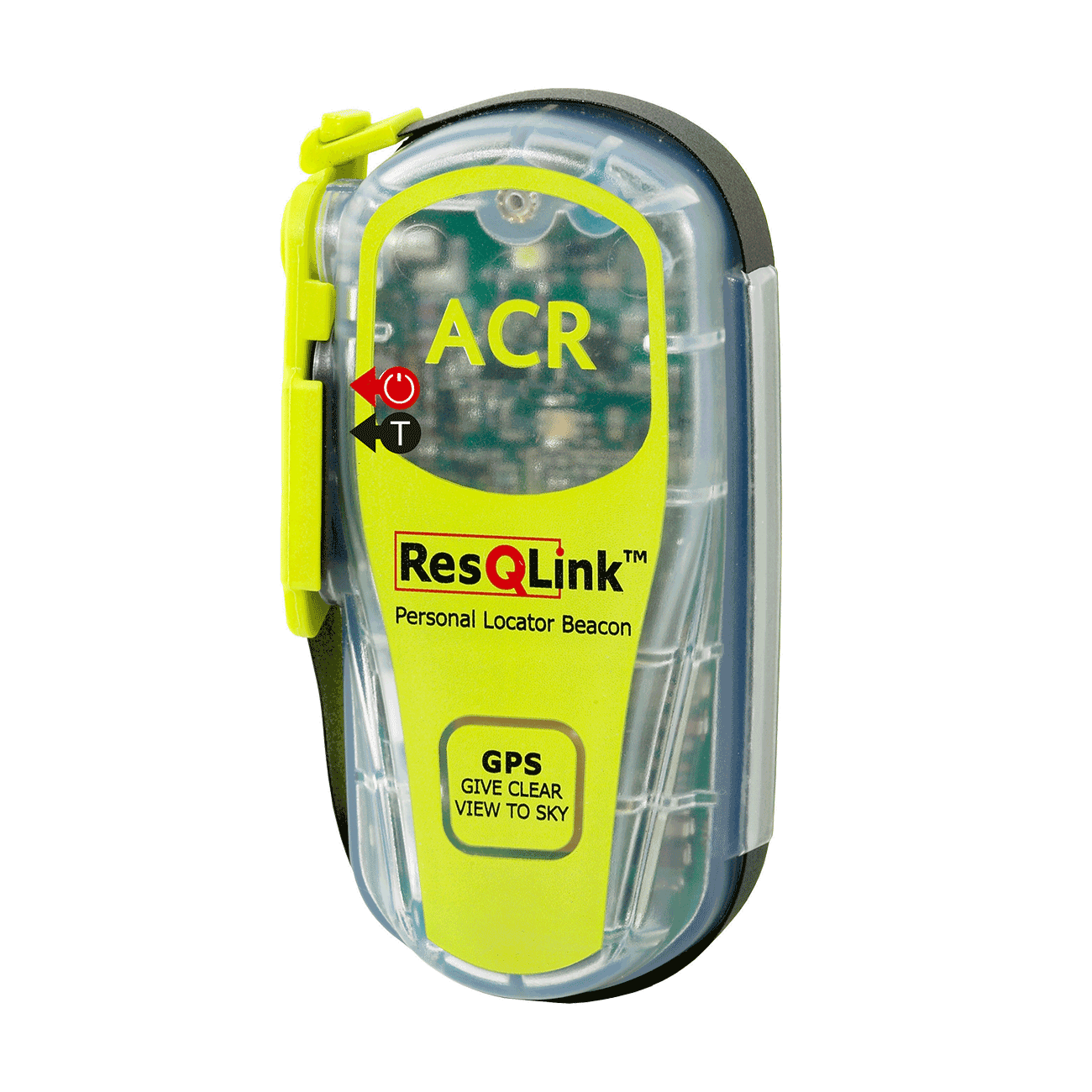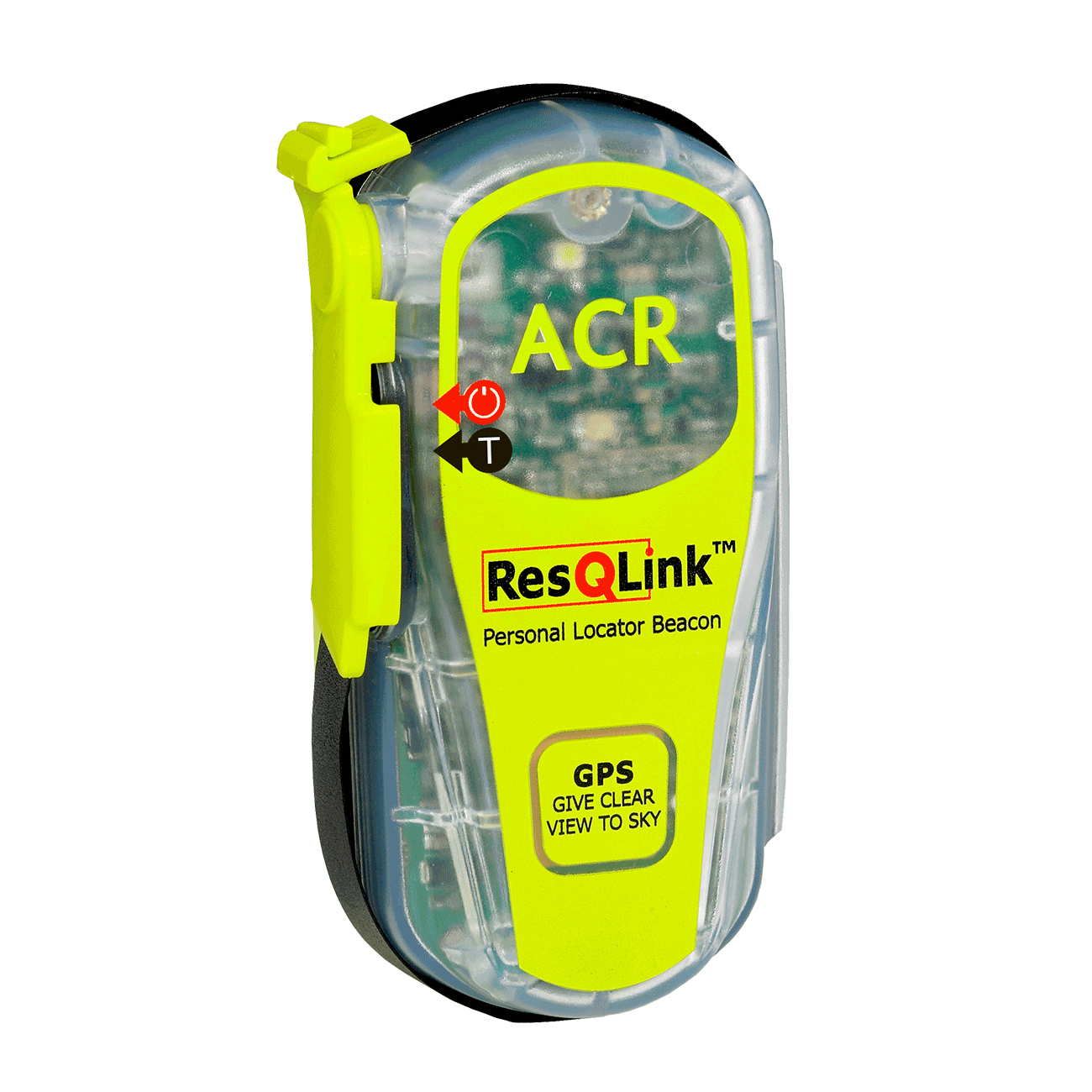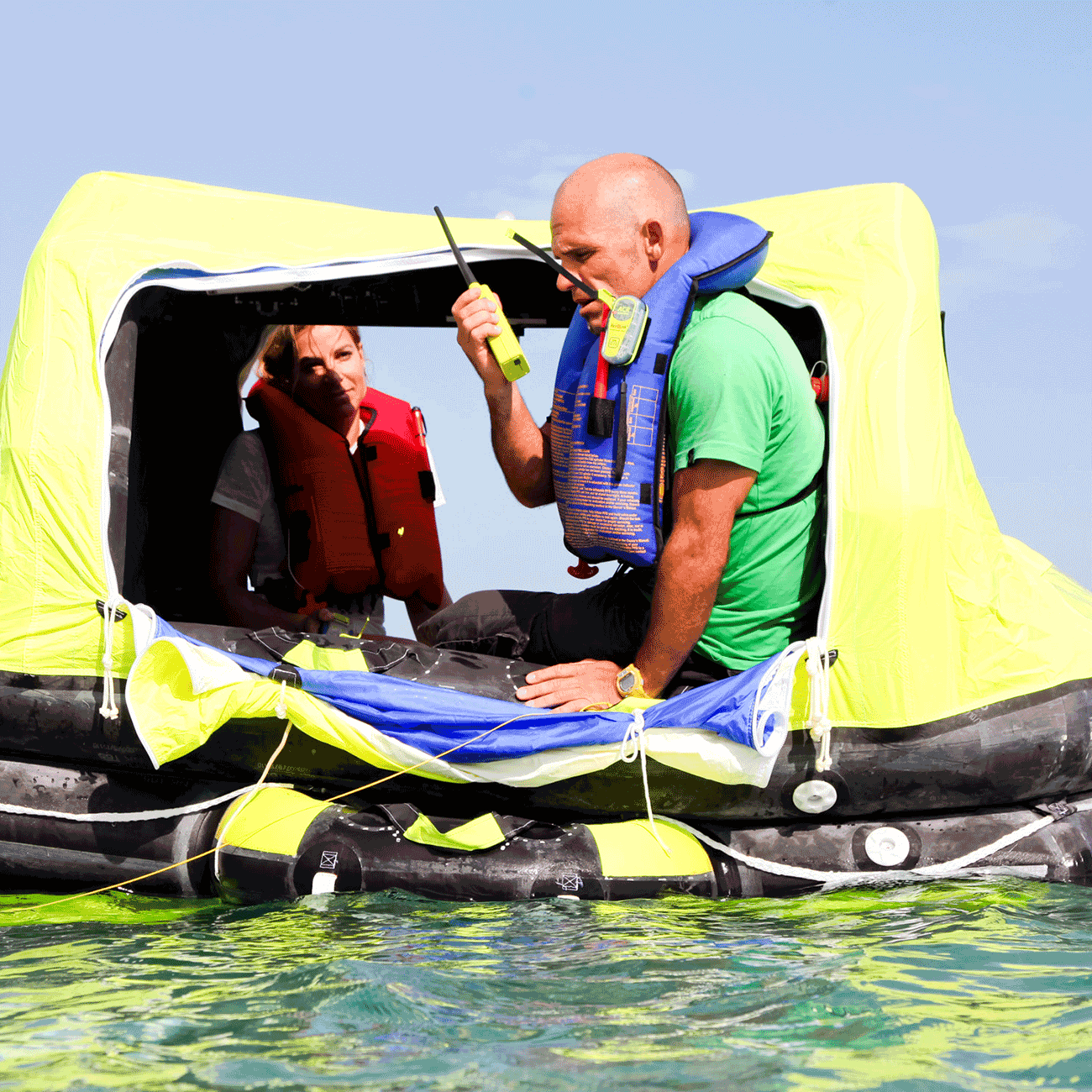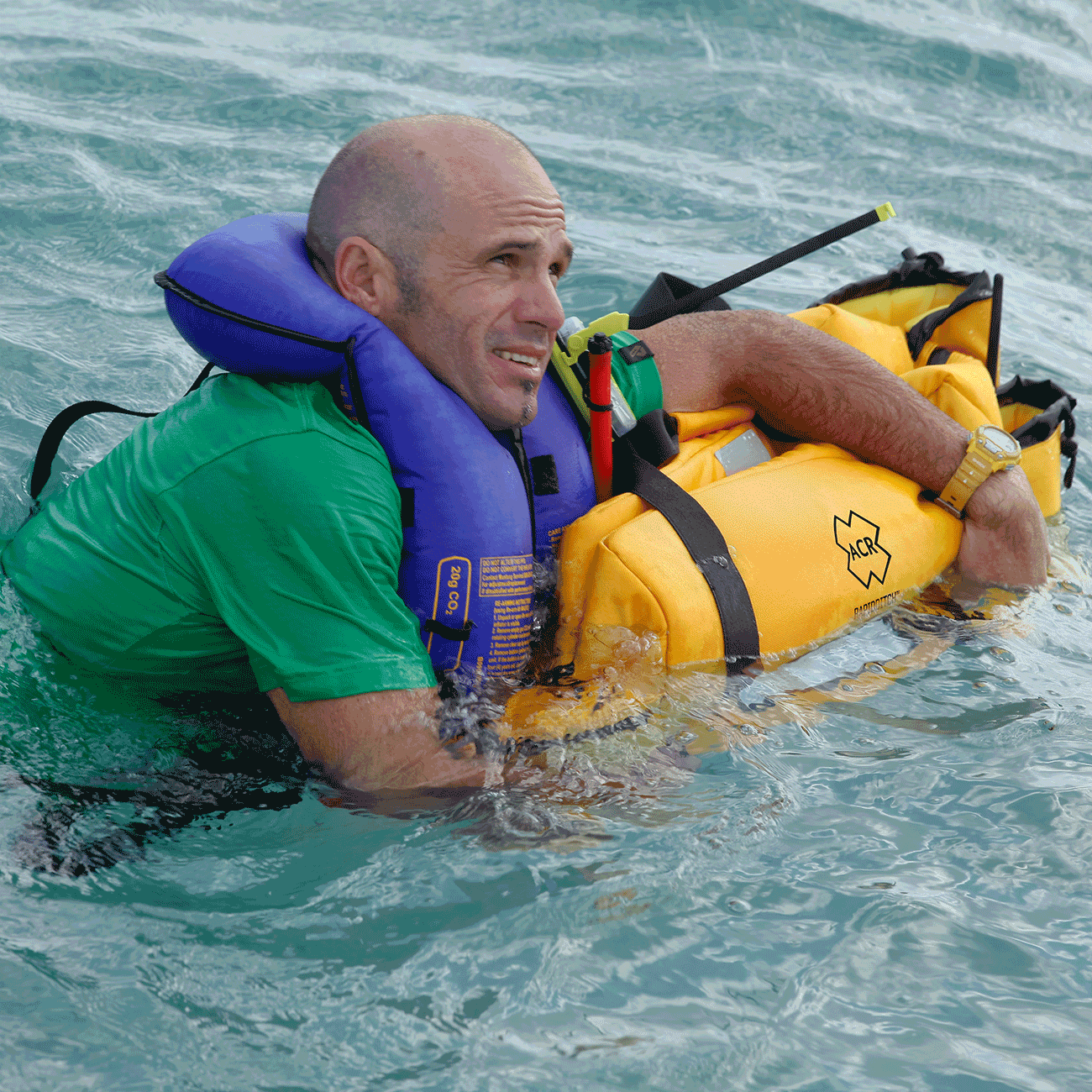Lives saved
1

Hiking

River

Medical emergency

Thunder storm
New Zealand
-40.900557°S, 174.885971°E
Posted on May 3, 2018 by David
What happened?
I set out by myself for what for what I considered to be a medium length, day hike of five hours in the bush in the Tararuas, in New Zealand. I initially followed an unsignposted trapline track that, although a little rough, was reasonably well defined. My trek took me to the top of a peak of 890 metres called Pinnacle, which was supposed to be the halfway point, where I stopped for lunch. I then set out along the neighbouring ridge with the intention of branching off about half an hour along and heading down to the Atiwhakatu River and following a very clearly sign posted track back to my car.
Part way along the ridge the track became rather overgrown and then disappeared completely. This was where I made my first mistake. I should at that point have headed back the way I had come and completed my five hour hike that way. However, I decided that I didn’t need a track because if I headed down I would eventually reach the Atiwhakatu River. I started to head down for what should have been a forty five minute trip to the river. The going was easy at first but then the bush thickened and I encountered some steep drops and started veering off my straight line to find an easier path. Mistake two. I eventually came across a stream and decided to follow it as it would surely lead me to the Atiwhakatu River. Mistake number three.
My trek over the next three hours became increasingly difficult – scrambling along the stream bed, then up and down the neighbouring banks when the stream became too difficult and risky to walk. The banks were not much better, steep, covered in thick bush resulting in an increasing number of cuts, scrapes and bruises.
As the light started to fade I knew I was in trouble. I still thought I was heading towards the Atiwhakatu River but there was no way I was going to make it out before nightfall. At this point I should add that I am aged seventy and have a heart condition that requires ongoing medication but I did not have my medication with me.
I stopped and took stock of my situation. I decided, considering the terrain, it was far too dangerous to continue to walk in the dark with a high risk of a fall and serious injury or death. At first I was reluctant to set off my ACR ResQLink beacon but quickly came to the conclusion I had no alternative. I found a small flat safe spot to settle down for the night and activated the beacon, a process which I found very straightforward. I then set about getting into warm dry clothing as the projected low for the night was -2C. I did not expect any response before daylight and settled down for the long night ahead. It was now totally dark.
About two or so hours later I thought that perhaps I had heard a helicopter but decided that I had imagined it. I discovered later that I had indeed heard a helicopter which, because of my age and heart condition, had been sent to winch me up out of the bush but had to turn back because of bad weather. I dozed fitfully over the next few hours getting colder and colder as the temperature dropped. At about 3.15am I thought I hear a bird call followed by another and then I realised it was a whistle so I got my whistle from my pack and whistled back and turned on my headlamp.
A few minutes later five other headlamps appeared out of the darkness. It was the Search and Rescue team that had been dispatched after the helicopter was unable to reach me. There were two police officers, a paramedic and two SAR volunteers. After the paramedic checked me out they built a fire, gave me food and a hot drink and we settled down to wait for daylight. It was at that point I found out I had somehow been heading in completely the wrong direction and had ended up in the Waingawa Valley instead of the Atiwhakatu. To make things worse the stream I was following was called Fall Stream and ended in a waterfall. I was even more lost and trapped than I had thought. The police officers told me I had done exactly the right thing by activating the beacon. They also said that they were one of two teams sent out with another coming in from the opposite direction that was stood down once they had located me.
I would like to comment on the effectiveness of the beacon. When I activated it I was in a densely forested area where the trees reached to 20 metres high. A couple of hours after I activated the beacon I realised that there was a secondary layer of tall ferns so moved the beacon about 50 metres into an area without the secondary fern cover but still a dense tall tree cover. The SAR team said that they had noticed that I had moved my position at that time from the beacon signal. They also said that the beacon signal had enabled then to home in on me very accurately. I was greatly impressed by the strength of signal and the information that it provided to the SAR team.
When daylight came we headed out following a route that would have been impossible for me on my own but I was ably assisted and well supported by the search and rescue team.
Without the beacon and the team’s help there was no way I could have found my own way out.
Words of wisdom
Thank you to all those responsible for the design, manufacture and distribution of this excellent device. It certainly proved to me its worth and potentially saved my life.
Thank you note
Thank you ACR!
Rescue location
New Zealand
Rescue team
Local Search and Rescue
ResQLink™
Go to product detailsOut of stock
